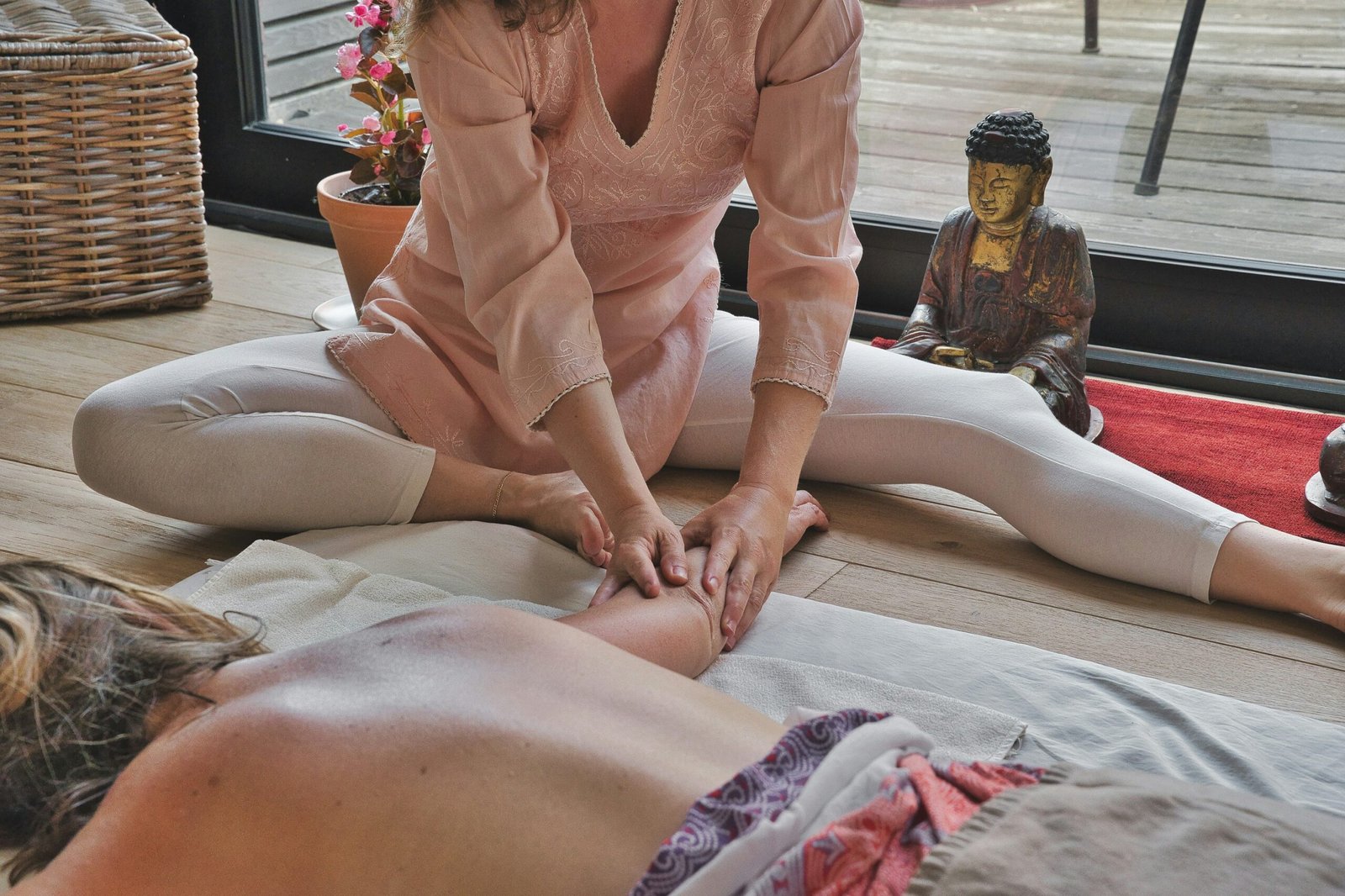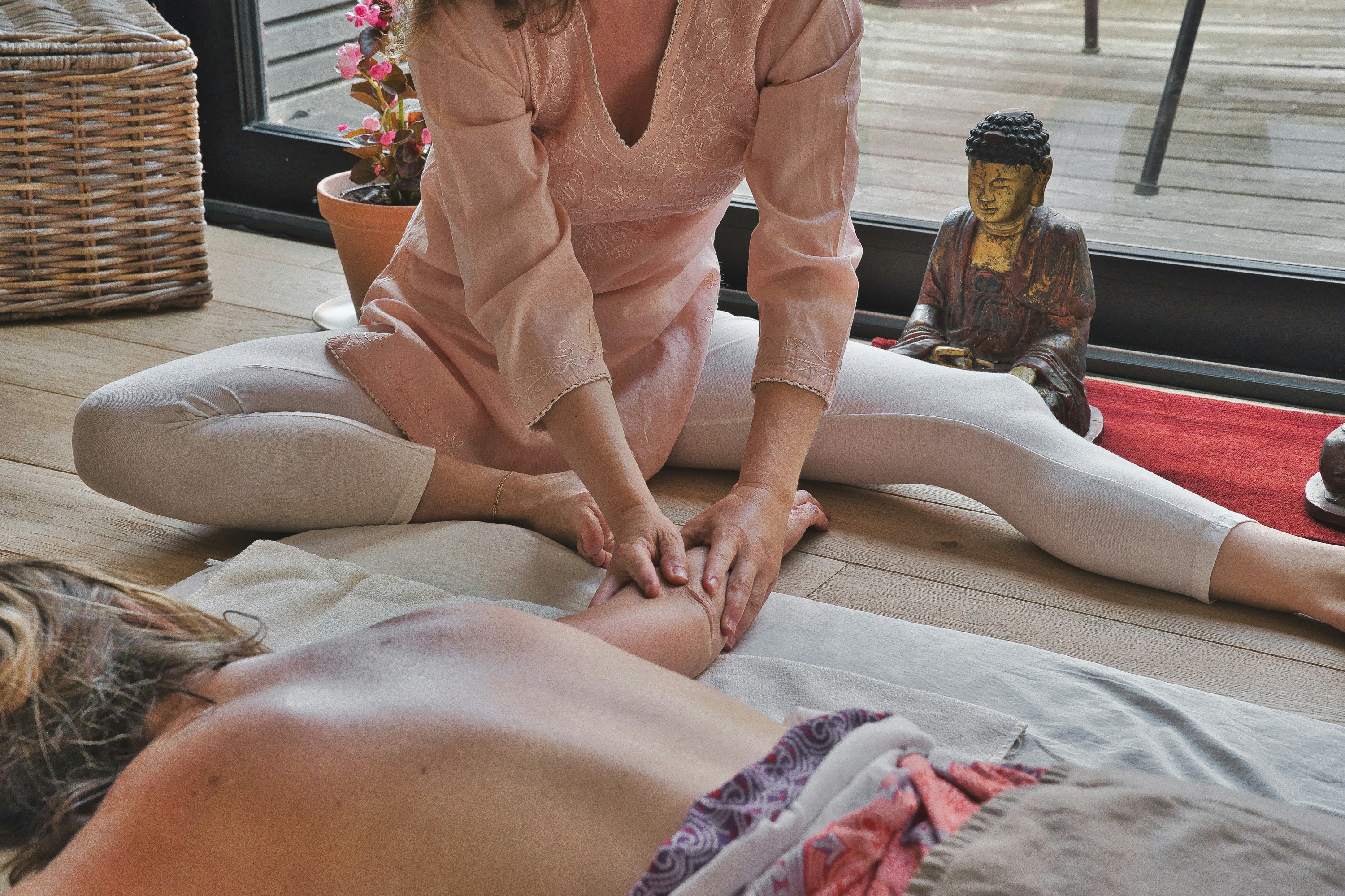Have you ever wondered what happens to your heart rate and blood pressure when you take a plunge into icy cold water? It’s a fascinating experience that not only invigorates your senses but also has profound impacts on your cardiovascular system. Understanding these effects can shed light on why cold plunging has gained popularity as a health practice among athletes, wellness enthusiasts, and even those looking to build mental resilience.
Understanding the Physiology of Cold Exposure
What Happens When You Submerge in Cold Water?
When you immerse yourself in cold water, your body undergoes a series of physiological changes seeking to maintain balance, a process known as homeostasis. The abrupt change in temperature triggers an immediate reaction, causing your blood vessels to constrict in a bid to retain heat—this mechanism is known as vasoconstriction. As your body searches for equilibrium, your heart rate initially spikes before adjusting as you remain in the cold.
The Difference Between Cold Showers and Cold Plunges
While both cold showers and cold plunges expose your body to low temperatures, the immersion level significantly affects the body’s reaction. In a cold plunge, where you’re largely submerged, your body experiences a more intense physiological response compared to a cold shower, which only partially exposes the skin and does not fully submerge the body’s major muscle groups. The full immersion leads to stronger impulses that affect heart rate and blood pressure more dramatically.
The Immediate Cardiovascular Response
Initial Spike in Heart Rate
The cold shock response, triggered by cold exposure, induces a sudden spike in your heart rate. This immediate reaction is a part of your body’s natural defense mechanism, promoting a rush of adrenaline. As a result, your heart begins to pump faster to circulate blood more efficiently and retain core heat.
Rise in Blood Pressure
Simultaneously, the initial cold exposure raises blood pressure as a result of vasoconstriction, which increases peripheral resistance. This physiological adjustment ensures that essential organs remain amply supplied with blood despite the hostile temperature on the skin’s surface. The rise in blood pressure is typically temporary, returning to baseline levels as the body adapts.
Long-term Cardiovascular Benefits
Adaptive Cardiovascular Conditioning
Over time, regular exposure to cold through practices like cold plunging can lead to adaptive cardiovascular conditioning. This occurs as your circulatory system gets accustomed to handling temperature shifts, improving both heart rate regulation and blood vessel elasticity, which in turn, optimizes blood pressure.
Reduction in Resting Heart Rate
With continuous practice, you might notice a reduction in your resting heart rate, a typical sign of improved cardiovascular efficiency. This may be attributed to enhanced parasympathetic nervous system activity, promoting relaxation and recovery.
Long-term Effects on Blood Pressure
Engaging in frequent cold plunges may also contribute to long-term stabilization of blood pressure. Some studies suggest that the regular contraction and expansion of blood vessels can enhance vascular flexibility, potentially reducing the risk of hypertension over time.
Risks and Precautions
Cold Plunge Safety
While cold plunging has potential benefits, it’s crucial to approach with caution. Cold immersion poses risks, particularly for those with existing cardiovascular conditions. The abrupt change in temperature can lead to arrhythmias or exacerbate conditions like hypertension. It’s always recommended to consult with a healthcare provider before incorporating cold plunging into your routine.
Gradual Acclimatization
To minimize risks, begin with shorter immersion periods and gradually extend the duration as your body becomes more acclimated to the low temperatures. Allow your body time to adjust to prevent shock or adverse reactions.
Understanding Your Limits
Listening to your body is essential. If you experience dizziness, excessive shivering, or irregular heartbeats, it’s important to exit the cold water immediately and warm up. Cold plunging is about building resilience and should never push you beyond your comfort zone or compromise your safety.
Psychological and Mental Health Aspects
Boost in Mood and Mental Clarity
Beyond the physical benefits, cold plunging is known for elevating mood and enhancing mental clarity. The rush of endorphins and adrenaline serves as a natural mood booster, often leading to improved concentration and a more positive outlook.
Building Mental Resilience
The practice can also fortify mental resilience by cultivating a mindset of endurance. Regularly challenging your body to endure uncomfortable, yet controlled, conditions can translate to better stress management and an increased threshold for discomfort in daily life.
Cold Plunging in Modern Wellness
Popularity Among Fitness Enthusiasts
Cold plunging has surged in popularity, especially among athletes and fitness enthusiasts, for its recovery benefits. Post-exercise cold immersion is believed to reduce muscle inflammation, accelerating recovery times and enhancing performance.
Integrating Into Wellness Routines
Incorporating cold plunges into your routine can complement other wellness practices like yoga, meditation, or breathwork. The holistic nature of wellness involves both body and mind, and cold plunging can be a synergistic addition, offering unique benefits that enhance overall well-being.

Conclusion
Understanding how cold plunging affects heart rate and blood pressure highlights the powerful influence of temperature on bodily functions. With potential cardiovascular benefits and mental health improvements, cold plunging emerges as a compelling wellness practice. Yet, as with any health intervention, it calls for mindfulness and caution. By respecting your body’s signals and adapting gradually, you can safely explore the invigorating world of cold plunging.
Table: Overview of Effects and Precautions of Cold Plunging
| Effect/Benefit | Description | Precautions |
|---|---|---|
| Initial Heart Rate Spike | Quick increase due to adrenaline and cold shock | Monitor for arrhythmias if pre-existing conditions exist |
| Blood Pressure Rise | Temporary increase from vasoconstriction | Exit if feeling faint or lightheaded |
| Cardiovascular Conditioning | Improved heart and vessel efficiency | Gradual immersion escalation recommended |
| Reduced Resting Heart Rate | Long-term benefit from enhanced circulation | Consult healthcare provider if uncertain |
| Mood and Mental Clarity | Endorphin rush leads to improved mood | Ensure safety; avoid overexposure |
As you contemplate whether cold plunging might be the next step in your wellness journey, remember that every individual’s body reacts differently. Approach it with curiosity and caution, and you may just find a refreshing boost to both your physical health and mental well-being.




